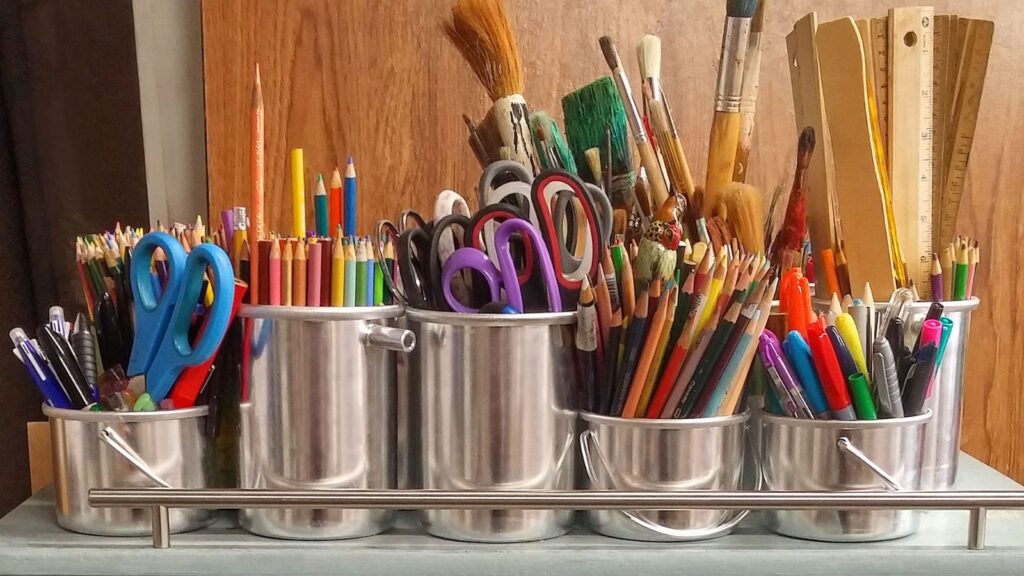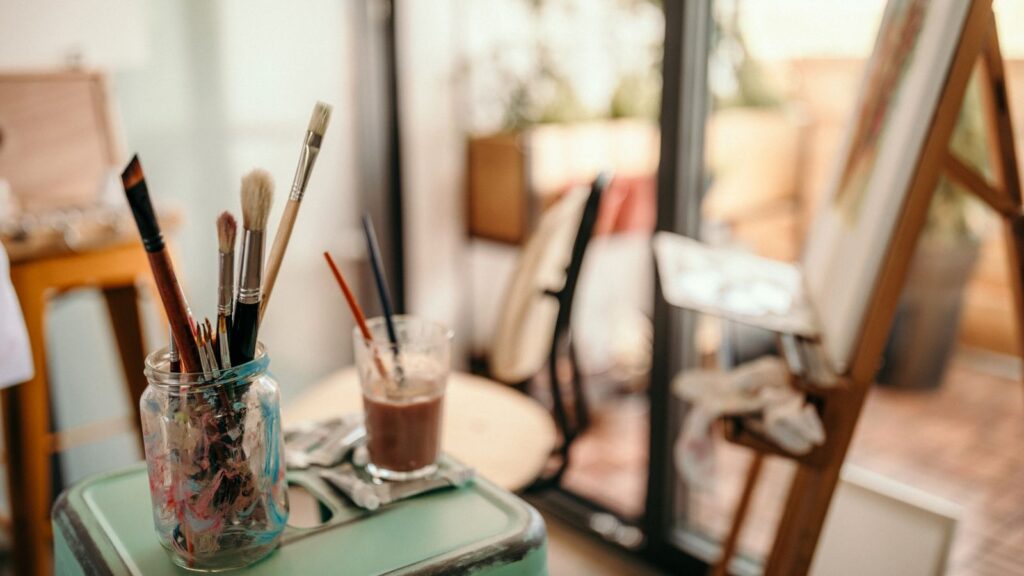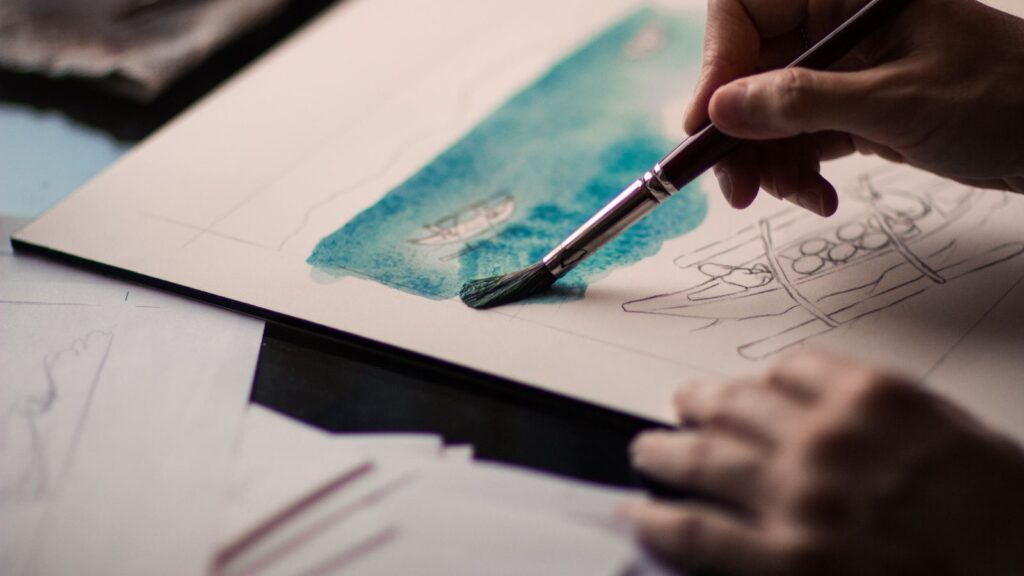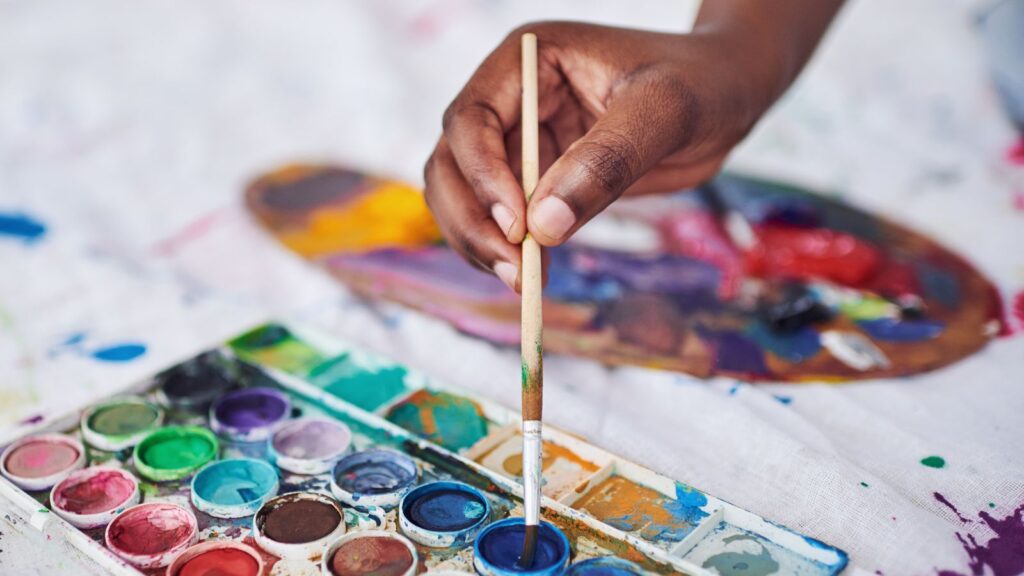
In the ever-evolving world of interior design, wallpaper has emerged as a powerful tool for transforming spaces with minimal effort. The fusion of art and wallpaper has given rise to a new trend, where walls become canvases for creativity. With its ability to add depth, texture, and personality to any room, wallpaper is no longer just a background element but a statement piece in itself.This innovative approach to wall coverings allows for endless possibilities, from bold geometric patterns to intricate floral designs. As more artists and designers embrace this medium, the line between traditional art and functional decor continues to blur. Whether it’s used to create a feature wall or to envelop an entire room in visual splendor, wallpaper has become an essential element in creating unique and personalized environments.
Wallpaper:2msiimaozli= Art
Wallpaper:2msiimaozli= Art represents a unique convergence of artistic expression and modern interior design. This approach embraces the idea that walls can transform and elevate a space’s atmosphere. Artists and designers are crafting wallpapers that act as art pieces themselves, using them to create immersive environments.

Within this art form, technology and creativity intersect, allowing for the production of personalized and customizable designs. Digital advancements enable designers to experiment with textures, patterns, and colors, offering endless possibilities. The specificity of Wallpaper:2msiimaozli= Art lies in its ability to adapt to various tastes and styles while maintaining its core artistic essence.
Market demand for these innovative wallpapers is growing. Consumers increasingly recognize wallpaper’s dual role as both decorative and expressive. By opting for these artful designs, they inject distinct character into their spaces, reflecting personal style alongside contemporary trends.
Origins and History
Wallpaper, as both a decorative and functional element, has evolved significantly over the centuries, blending artistry with interior design. It reflects cultural and aesthetic shifts, transforming from traditional decoration to a modern art form.
Early Inspirations

Wallpaper’s origins date back to ancient China, where paper itself was invented. Chinese artisans applied rice paper to walls for insulation and decoration. By the 16th century, European craftsmen began hand-painting wallpapers for aristocratic homes, drawing inspiration from tapestries and textiles prevalent in their surroundings. Designs often mimicked luxurious fabrics, showcasing intricate patterns and rich colors.
The 18th century saw technological advancements like the printing press, making wallpapers more accessible and varied. The Industrial Revolution in the 19th century introduced mass production, expanding availability to the broader public. By the 20th century, wallpaper designs diversified, embracing abstract art, modernist influences, and even pop culture themes. Contemporary innovations marry technology and creativity, offering digital printing and customizable designs to suit individual tastes.
Key Features and Techniques
Wallpaper art combines creative flair with cutting-edge technology to transform spaces. This section explores the artistic styles and materials shaping this trend.
Artistic Styles

Artistic styles in wallpaper art blend tradition and innovation. Designers draw from historical patterns, like damask and toile, integrating these with modern aesthetics. Abstract designs, geometric shapes, and nature-inspired themes (e.g., florals and landscapes) dominate contemporary styles. Pop art influence is evident in bold colors and striking graphics, appealing to those seeking a statement piece. Designers often craft custom murals that reflect personal narratives or cultural motifs, expanding creative possibilities.
Modern wallpapers utilize diverse materials and textures to enhance visual and tactile experiences. Vinyl and non-woven substrates offer durability and ease of installation, suitable for high-traffic areas. Grasscloth and silk create luxurious, organic textures, adding richness and depth. Metallic finishes introduce subtle sheen, catching light and drawing attention to intricate patterns. Textured wallpapers, from embossed designs to fabric-like surfaces, engage the senses, inviting touch and interaction while adding a three-dimensional aspect.
